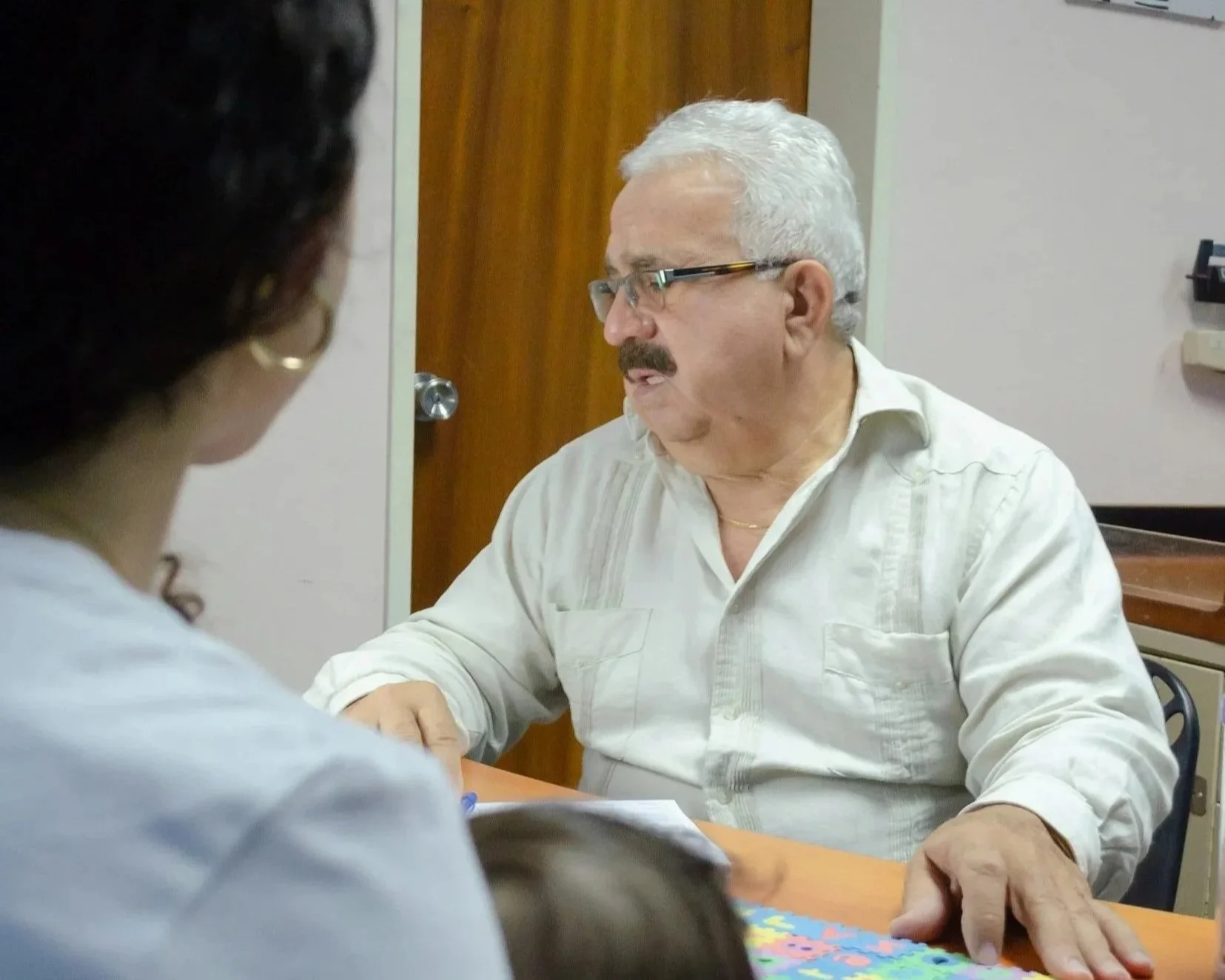Ethnographic field research
Premise
While working at Robin Healthcare, I joined a stakeholder visit to five community clinics in San Antonio, TX where our medical device, a desktop device that recorded doctor-patient conversations for documentation and billing, was being piloted. The working hypothesis was that patients were unwilling to sign consent forms for our product because clinic staff were not paying close enough attention to our sales trainers and misrepresenting the device’s purpose to patients.
Field observations
Once onsite, I realized the problem wasn’t misrepresentation at all, but cultural misunderstanding. San Antonio’s clinics serve a largely low income and Latine population, where relationships, trust, and family ties are central to daily life. Latine culture is strongly suspicious to outsiders or agents of change. Many of these physicians had cared for the same families for generations. As the only person on the team with Spanish proficiency, ethnographic training, and familiarity with Latin American cultural dynamics, I was able to uncover what my colleagues had yet to consider: the key opportunity wasn’t the staff’s attention or intelligence, but the bond between doctors and their nursing staff.
In Latine culture, connection is built through frequent, relational touchpoints rather than transactional exchanges. Efficiency and timeliness is not generally a priority. The product team had assumed that busy doctors needed to have their time and efficiency protected - they wouldn’t have time to train their nurses on our device. But I observed the opposite. I observed the sacredness of teaching moments and mentorship between doctors and nursing staff, and how those touchpoints strengthened interpersonal harmony and reinforced the hierarchy of respect within the clinic.
Recommendations
My recommendation was to shift our implementation strategy: To set down the assumption that doctors are by default too busy to take on anything new. Rather than insisting staff adopt our protocols, we would empower doctors to educate and train their nursing teams directly about our product. Staff could then represent our product more accurately to patients thereby increasing adoption. By aligning with existing cultural motivators of loyalty, respect, and relational connection, we could improve both adoption and trust in the product.
This onsite experience had a lasting impact for me. It deepened my understanding that behavioral insight is only powerful when it honors the social fabric around it. Adjustments like these can redefine how organizations think about the intersection of culture, trust, and design, and they’ve continued to inform how I approach every research project since.







